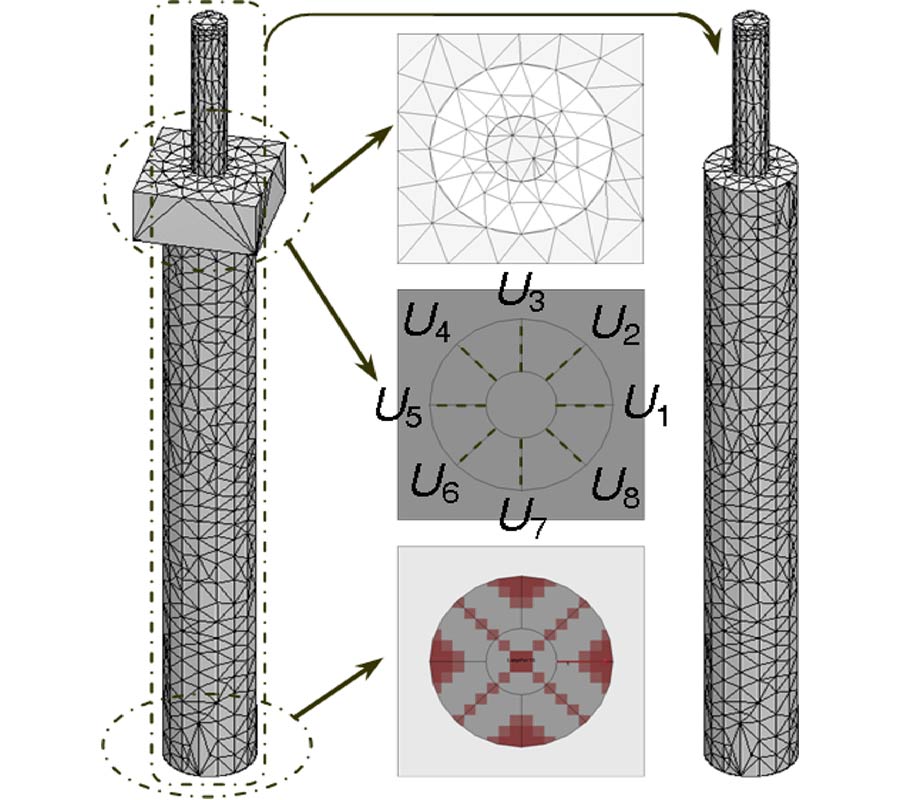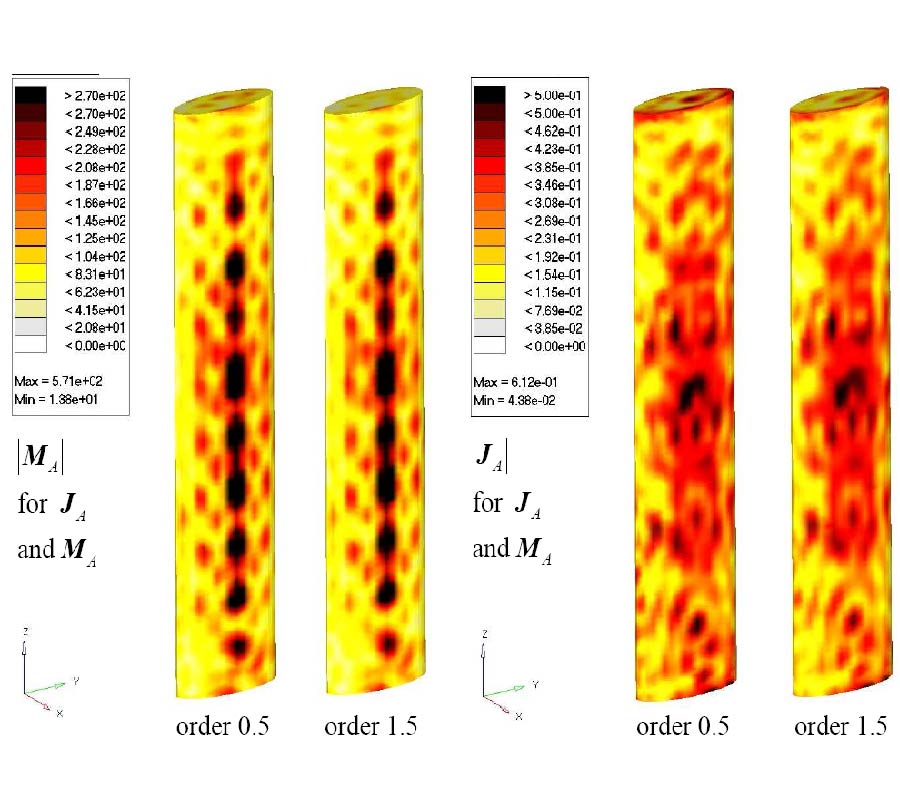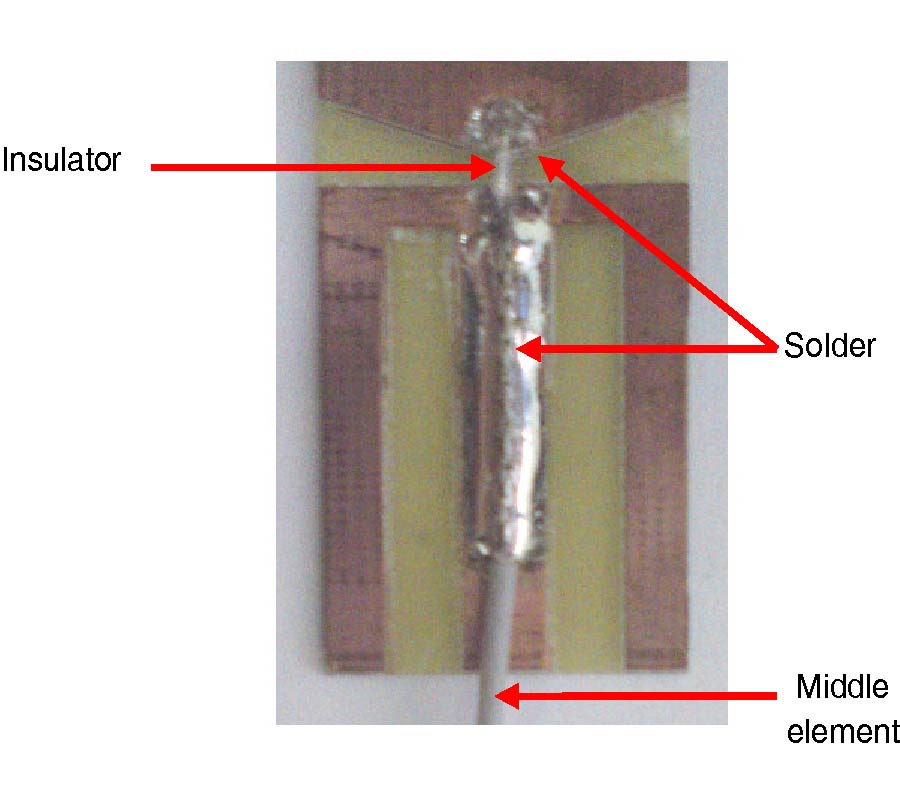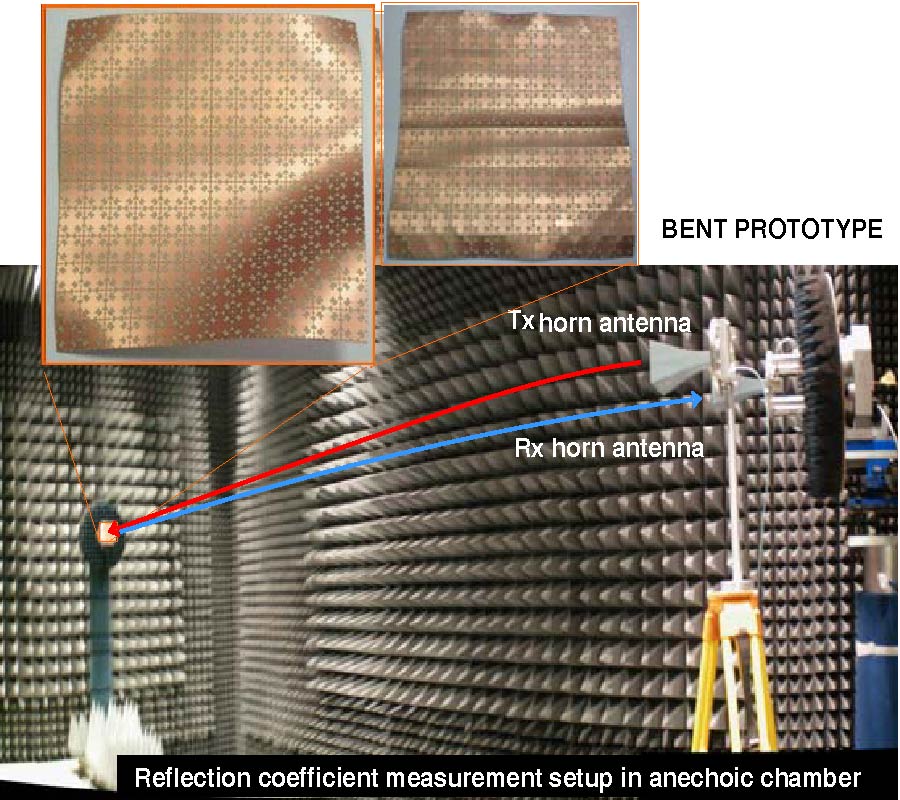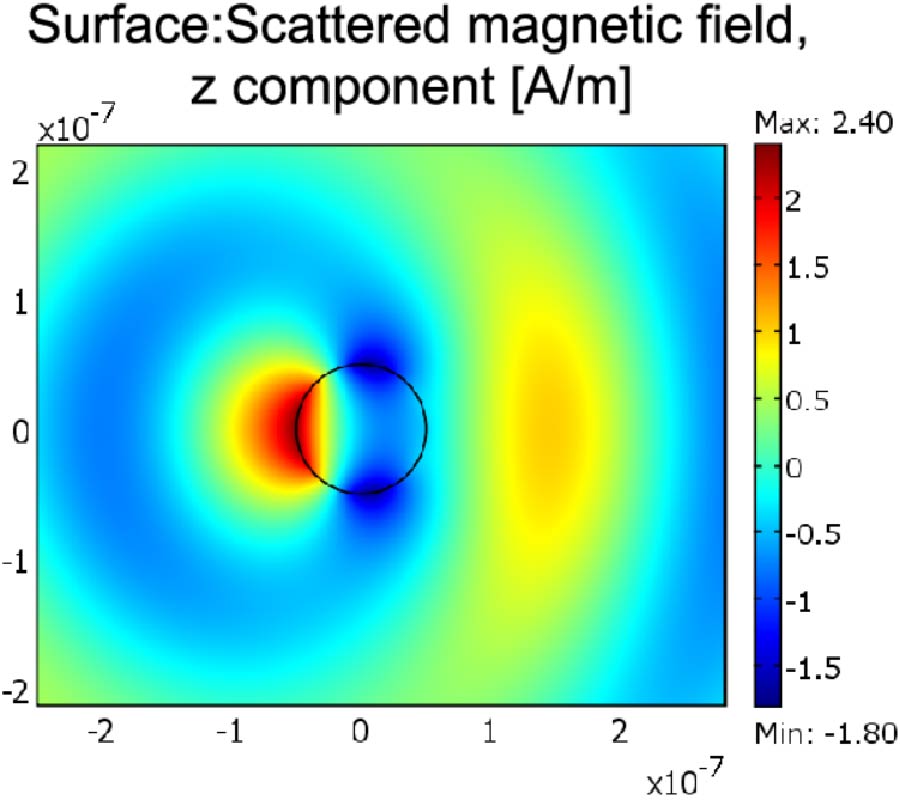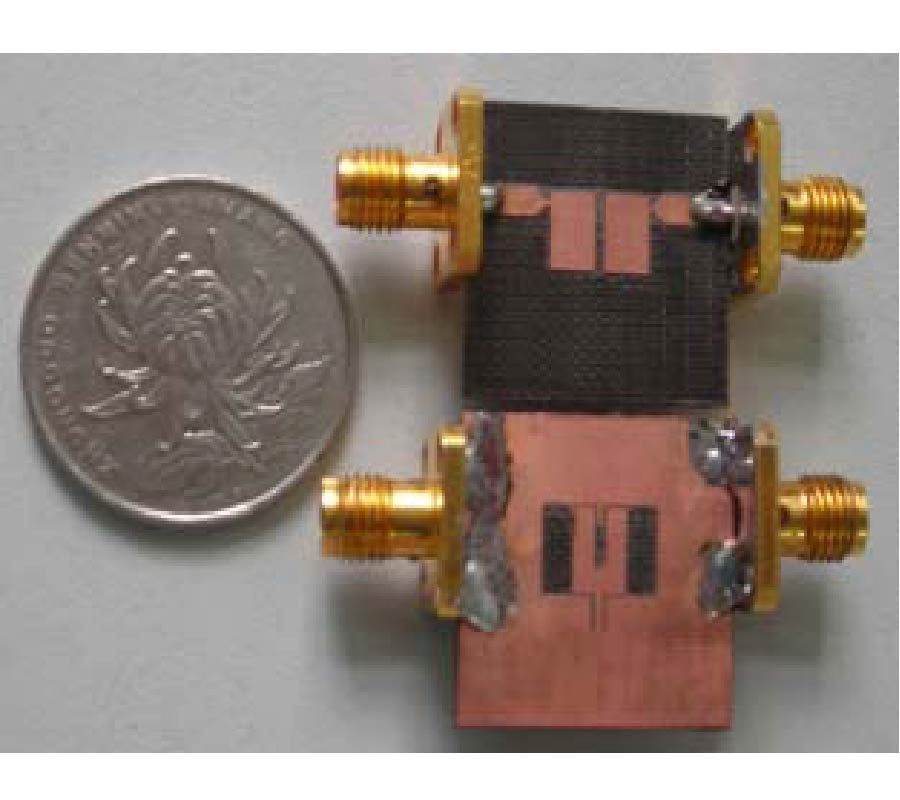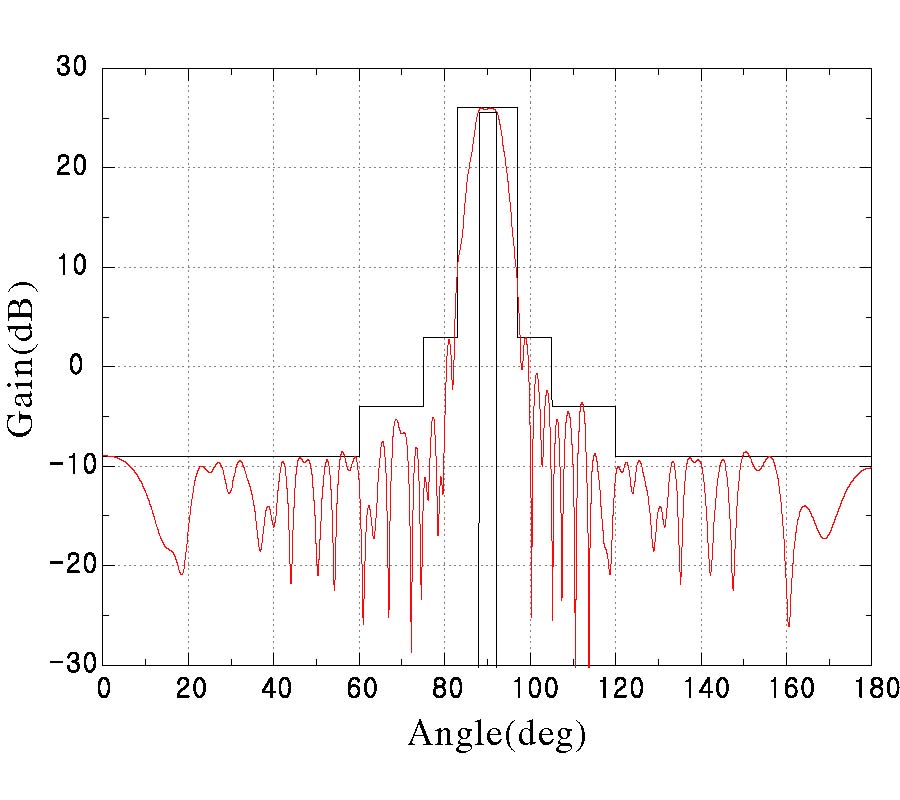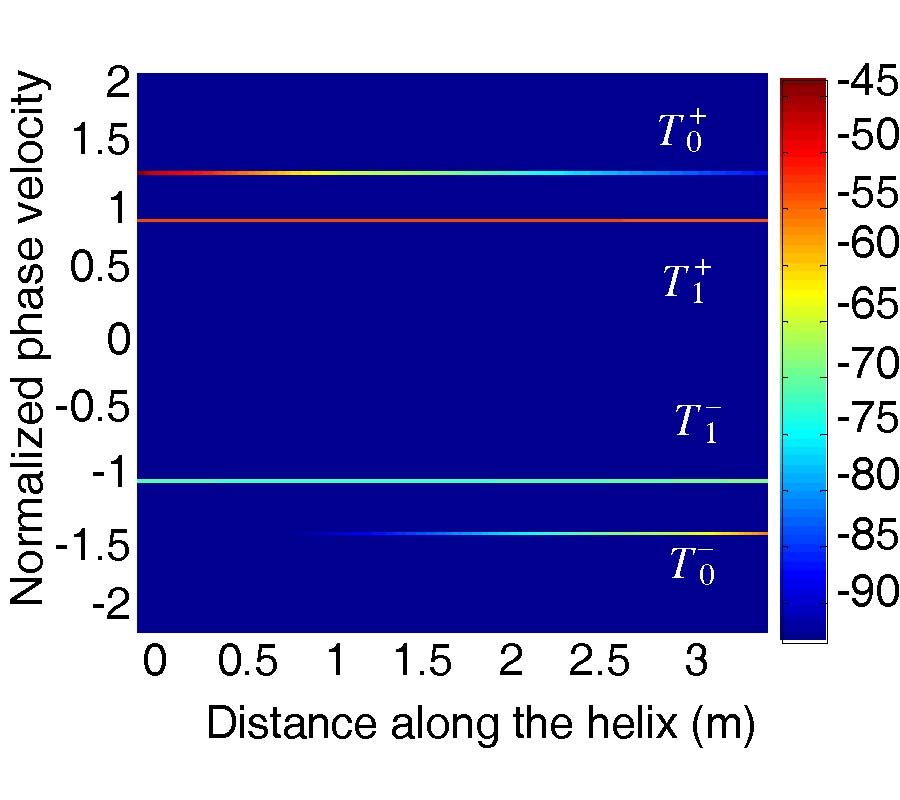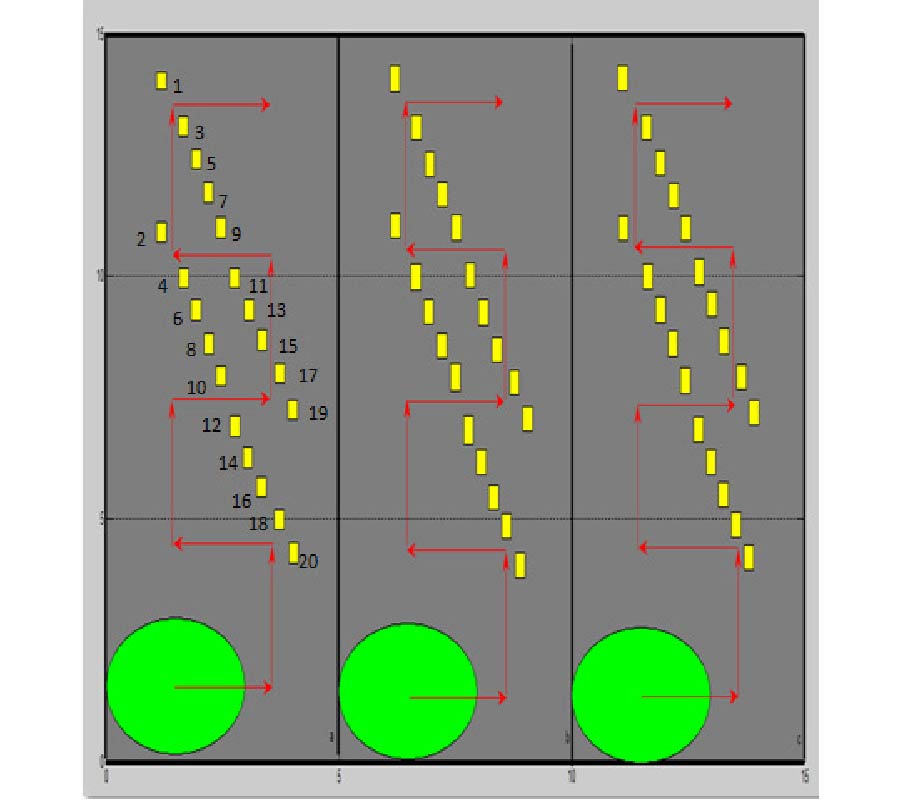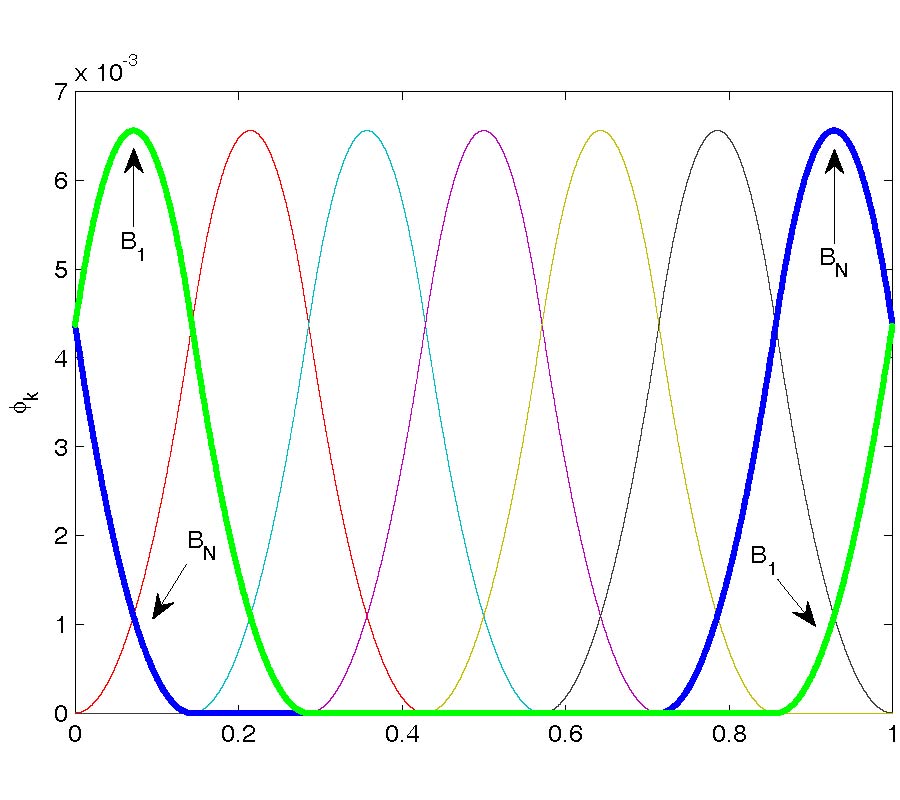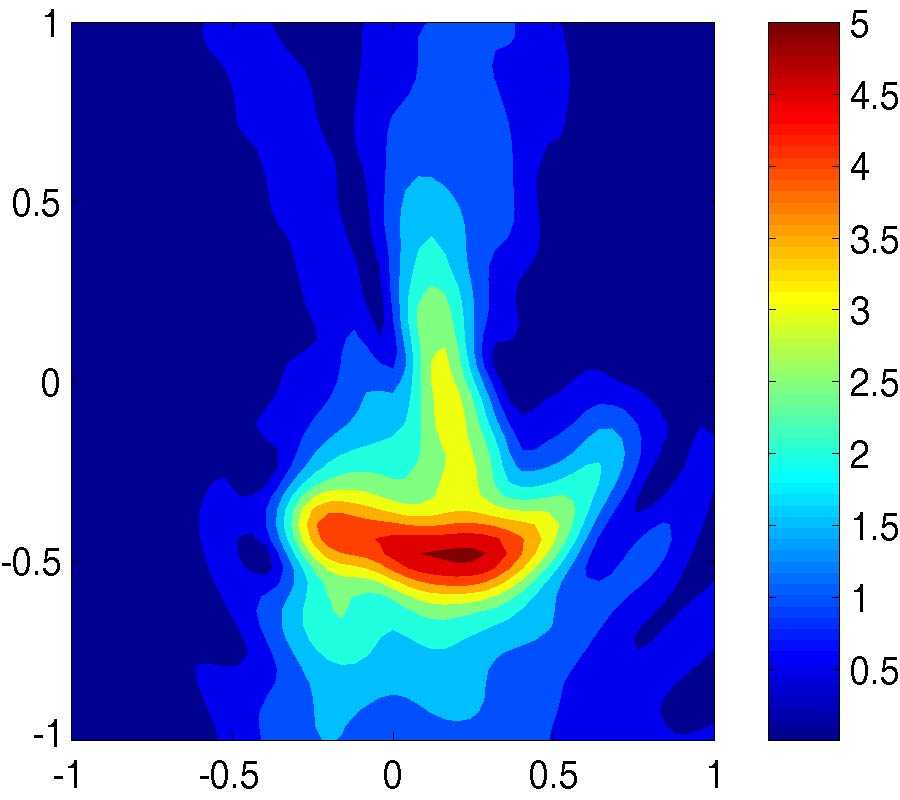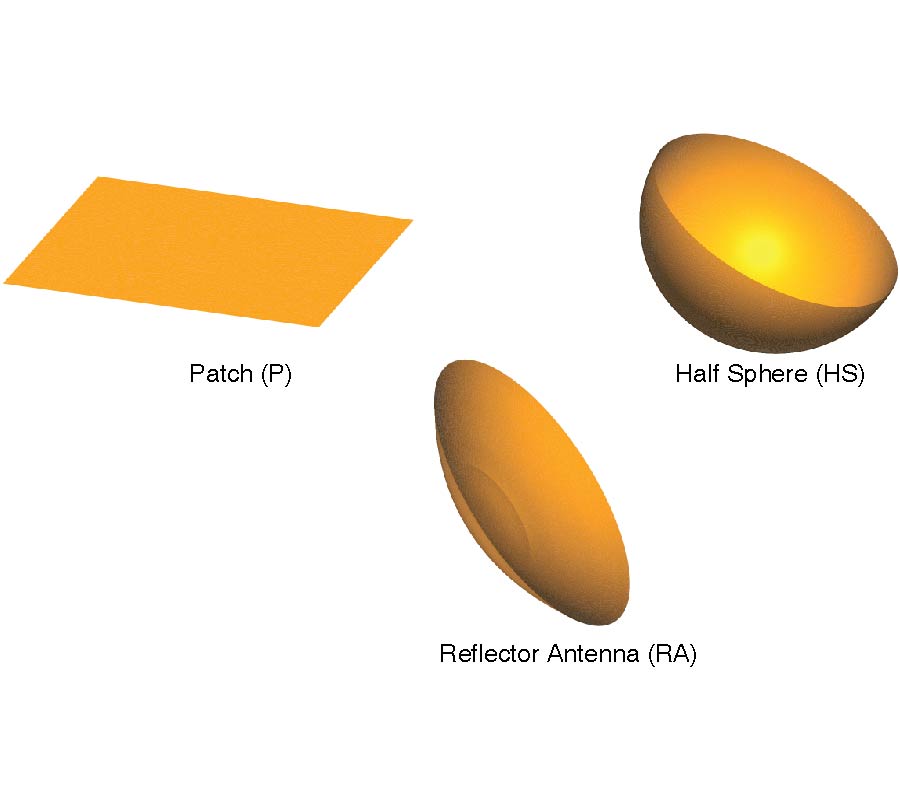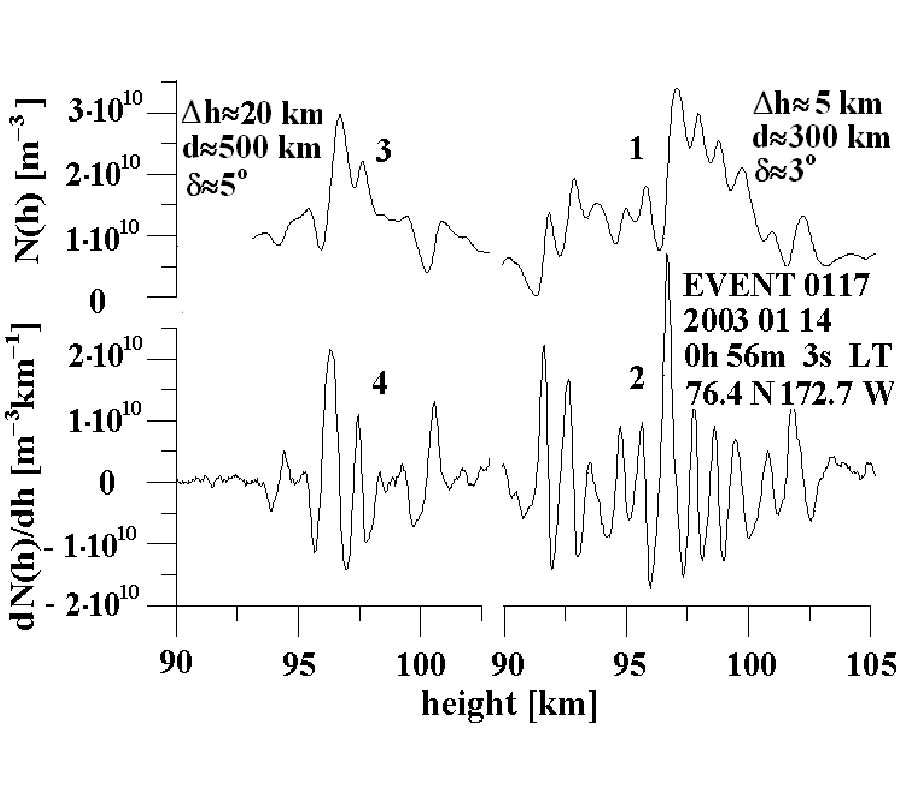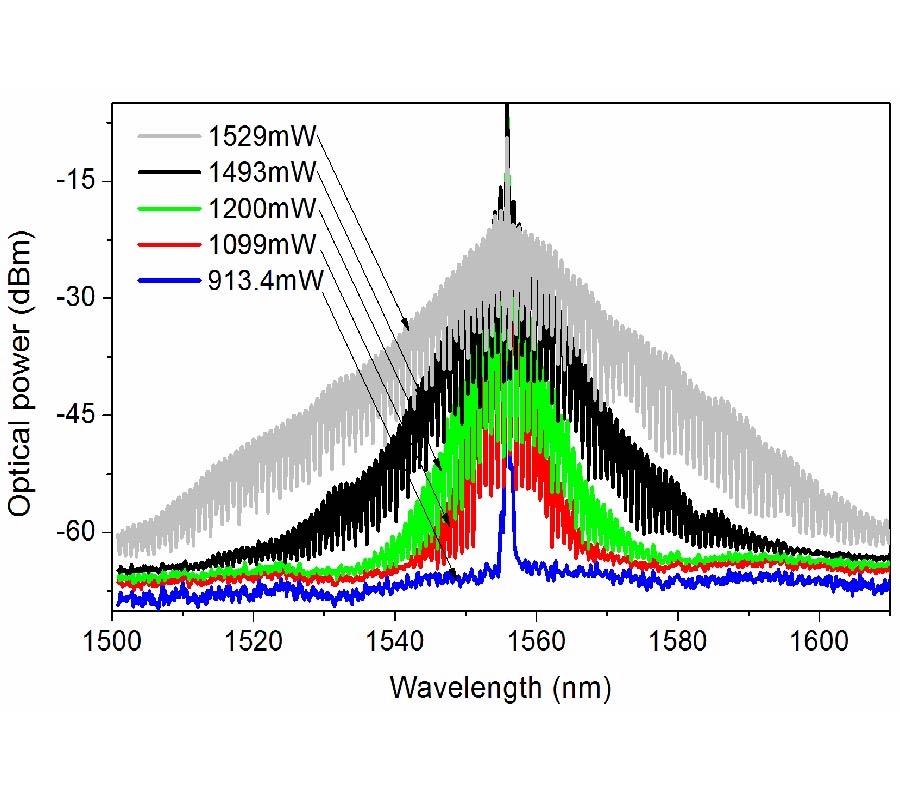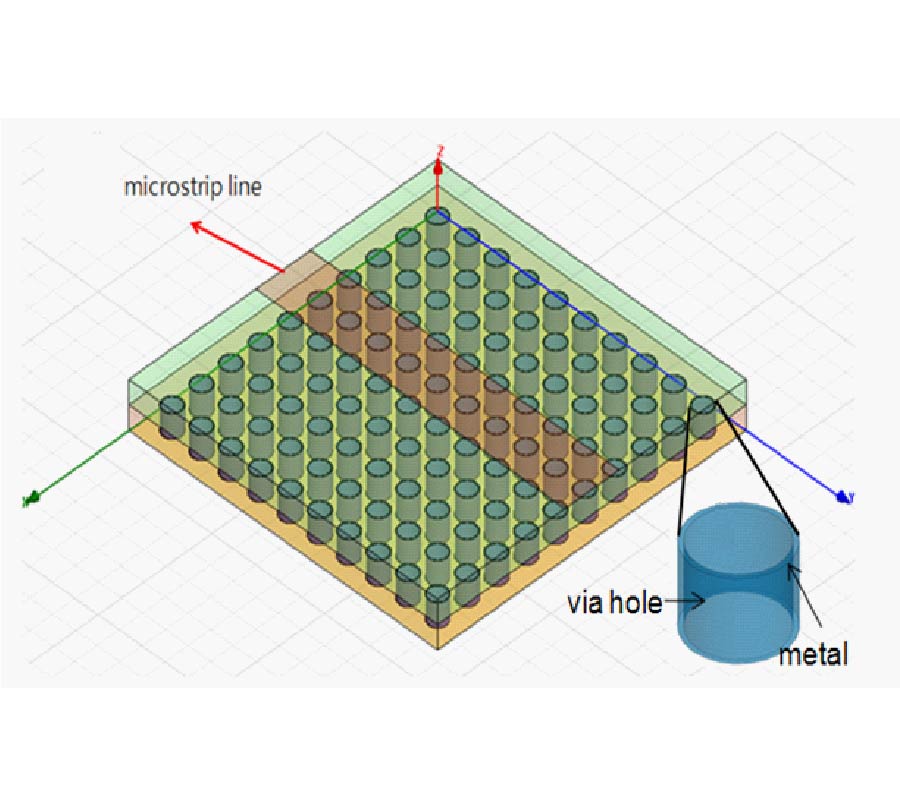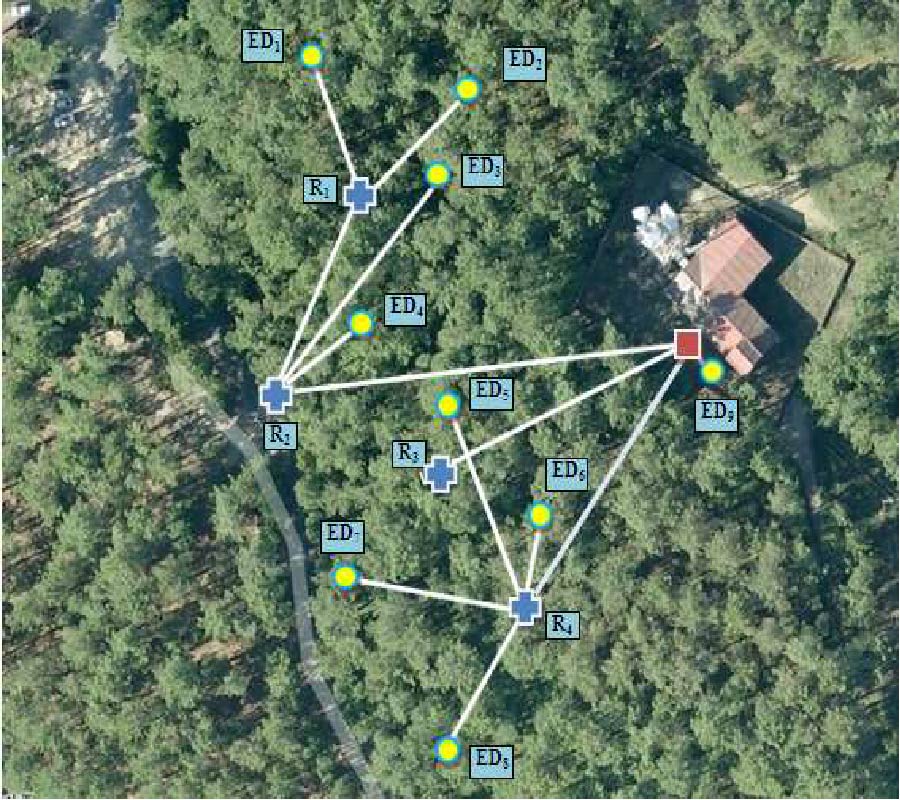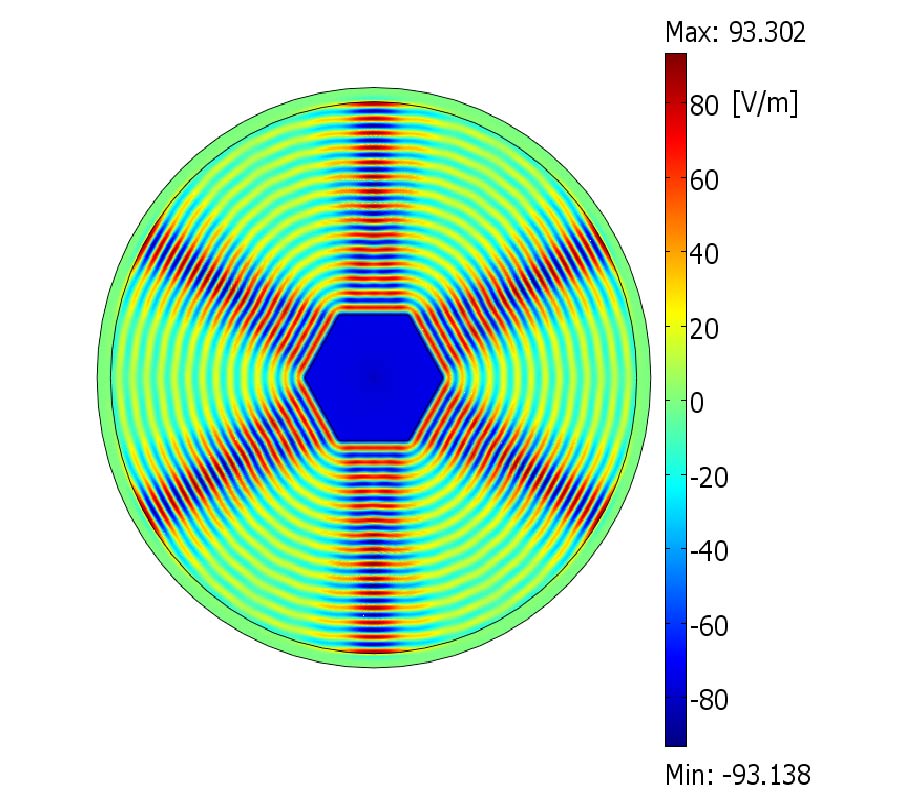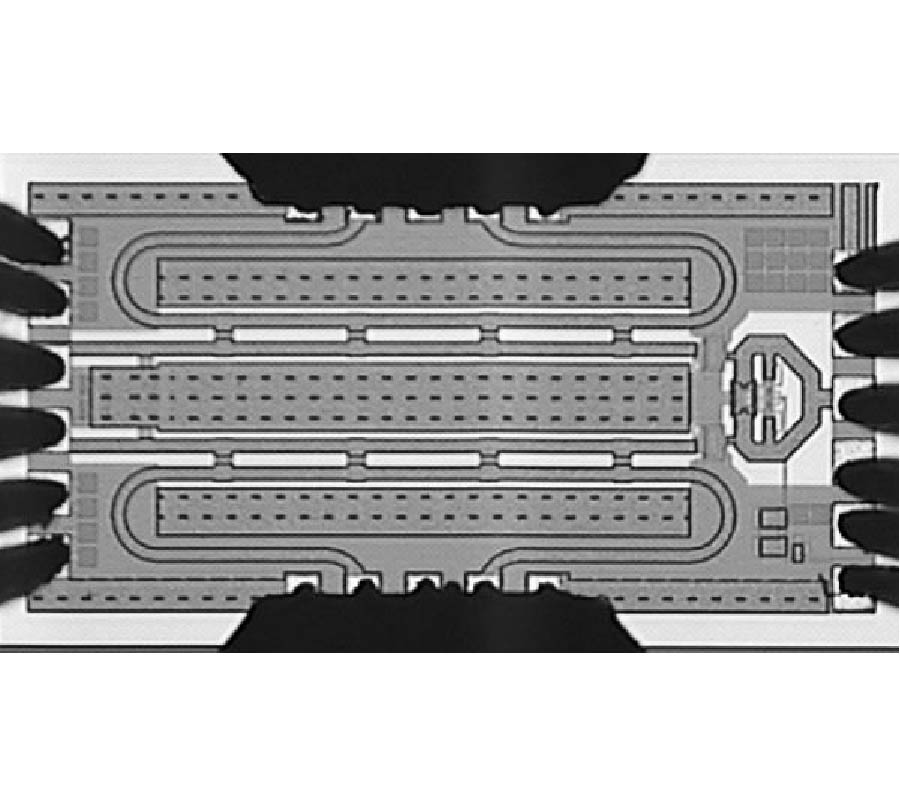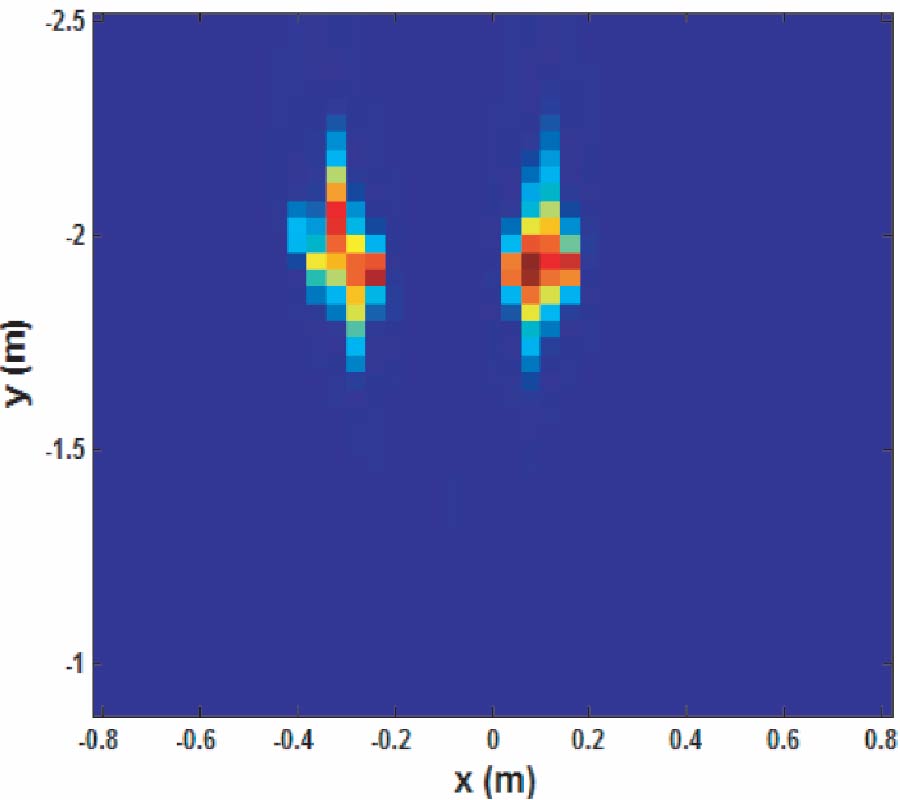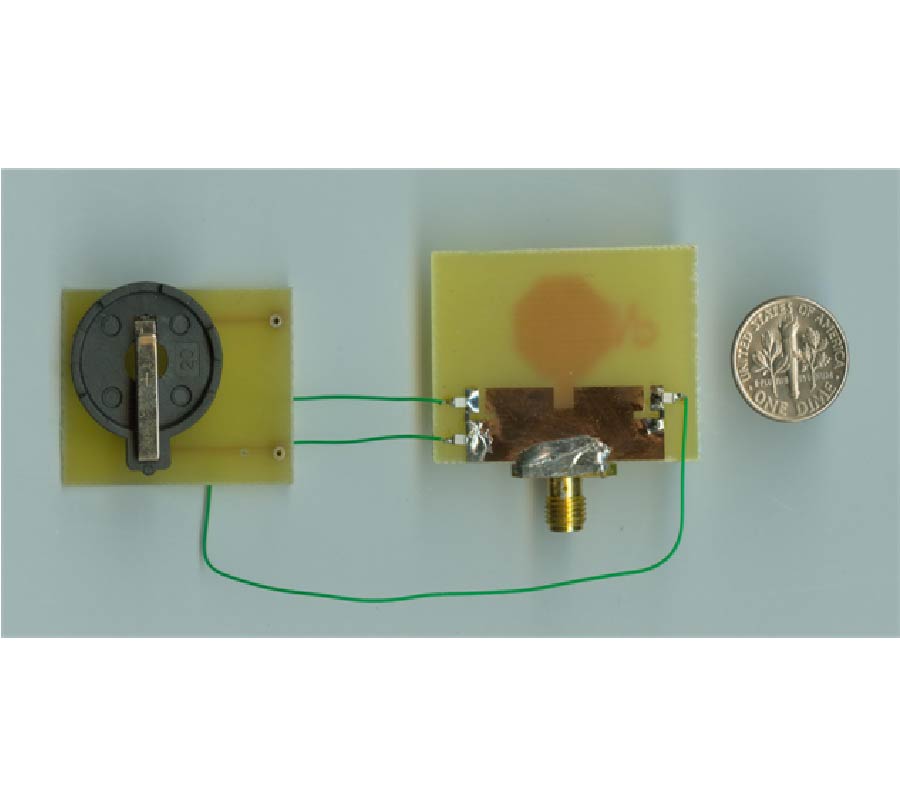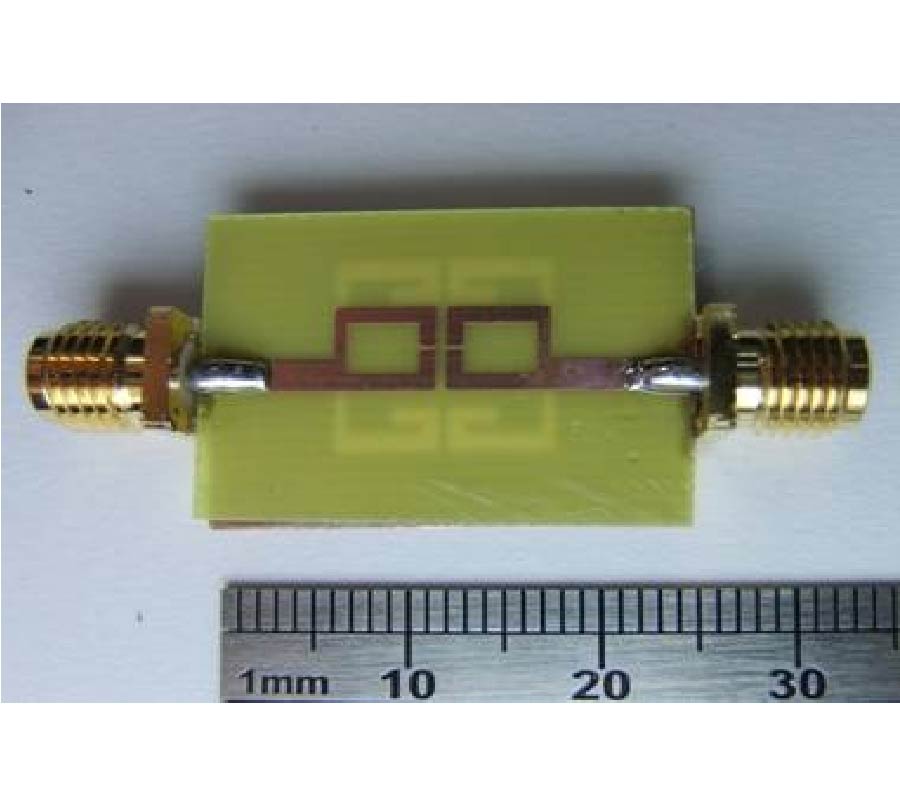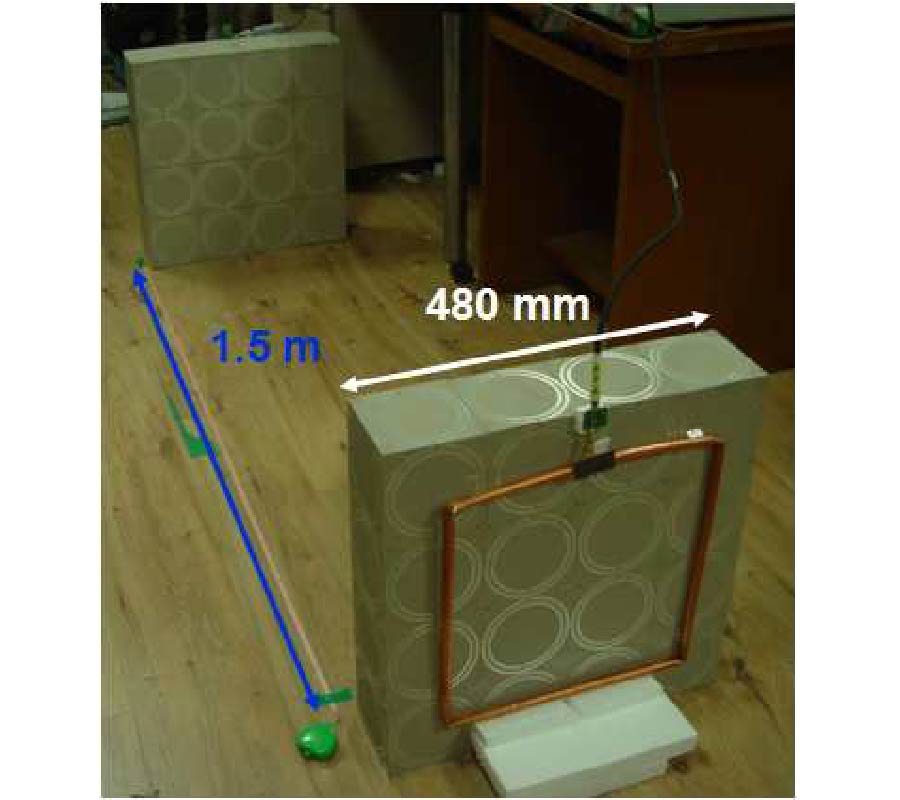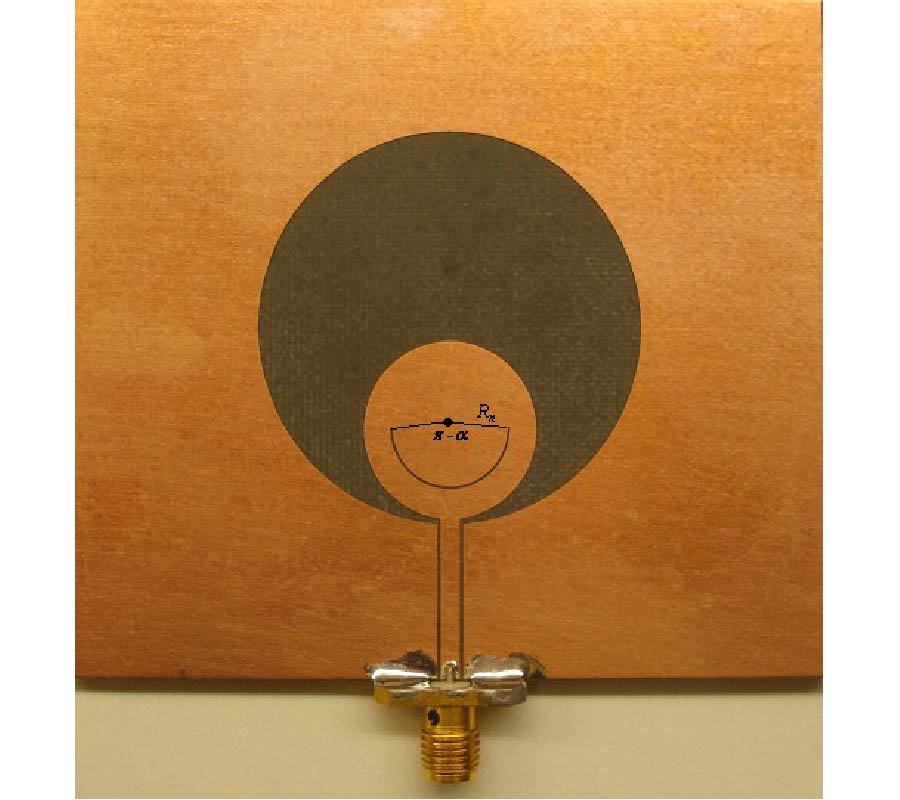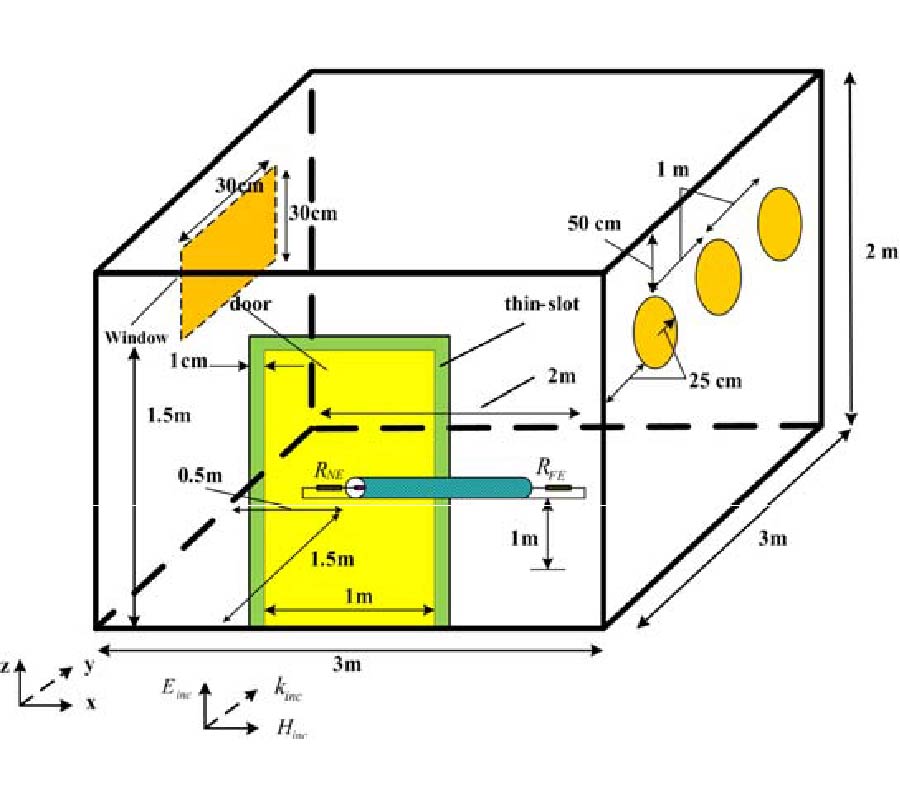A New Calculation Method for the Characteristic Impedance of Transmission Lines with Modified Ground Structures OR Perturbation
Jongsik Lim
,
Jun Lee
,
Jaehoon Lee
,
Sang-Min Han
,
Dal Ahn
and
Yongchae Jeong
In this paper, a new calculating method for the characteristic impedance (Zc) of transmission lines with perturbation and periodic modified ground structure (MGS), such as defected ground structure (DGS), photonic bandgap (PBG), and substrate integrated artificial dielectric (SIAD), is discussed. The proposed method is based on simple transmission line theories and proper related equations. The previous method to find Zc of transmission lines with MGS or perturbation produces the fluctuating Zc value depending on frequency, while the proposed method results in a constant value without frequency-dependence. As examples, several microstrip lines with DGS, PBG, and SIAD structure are simulated and measured, and their Zc values are calculated from S-parameters by the previous and proposed methods. It is shown that the Zc obtained by the proposed method is much more reliable than that calculated by the previous method for all examples.
